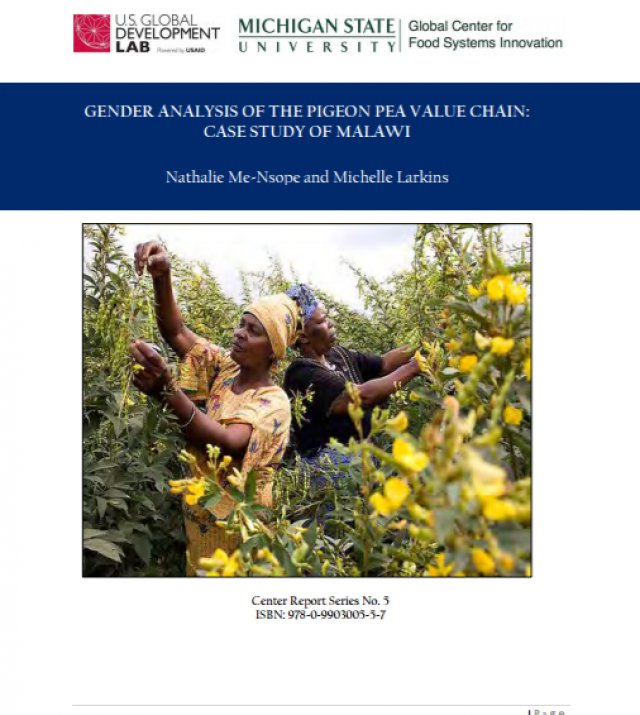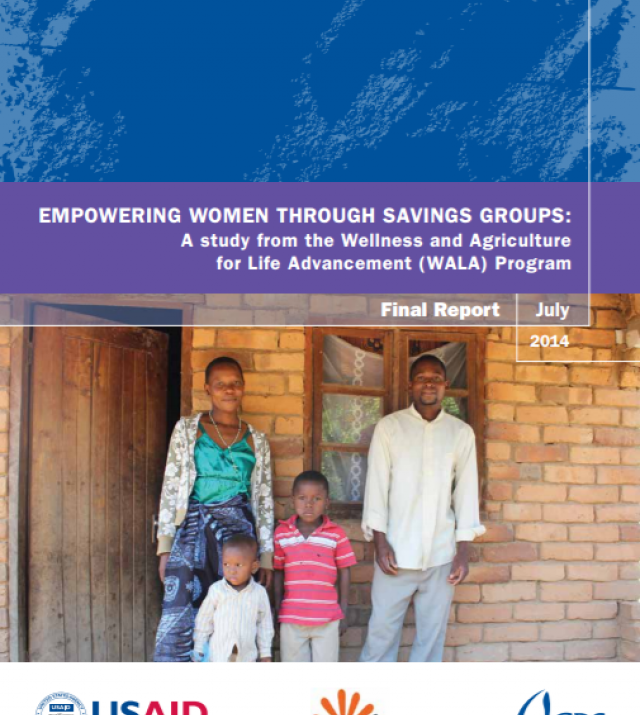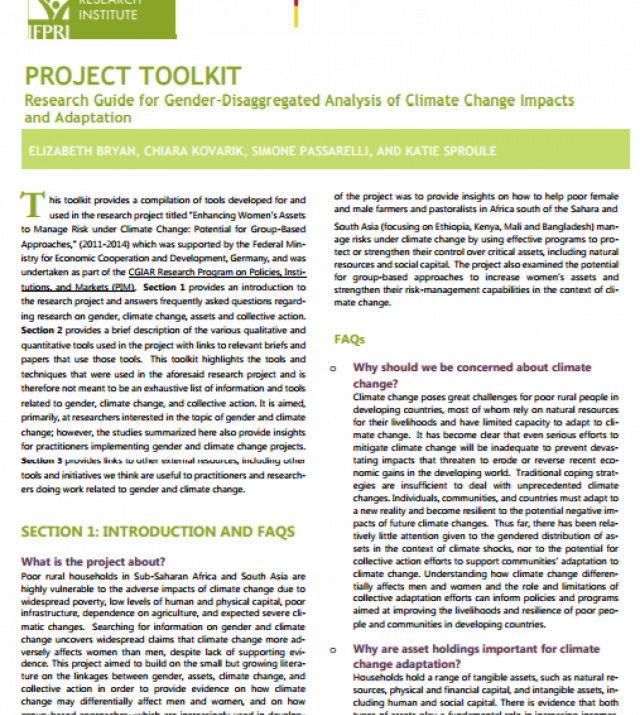
Measuring Gender-Transformative Change: A Review of Literature and Promising Practices

The development impacts of gender inequality are well documented. Where women generally have greater access to education, work and income, communities see positive household impacts in relation to health and mortality. Societies characterized by the denial of women’s rights (in terms of access to resources, decision-making, status and gender-based violence) also tend to be more prone to violent conflict. Further, deep gender discrimination and gender-based violence are generally associated with lower labor productivity, poorer educational outcomes, lower child health and nutrition and higher child mortality rates, strains on social and health service systems, an d poorer overall economic growth from household to community and national levels. Studies have shown that greater gender equality supports greater and more sustainable development. However, the converse relationship—that economic development automatically promotes gender equality—does not hold true. As such, measurement of development program processes and outcomes must pay particular attention to both how different genders are affected by development programming and how interventions are supporting women’s rights and gender equality.

